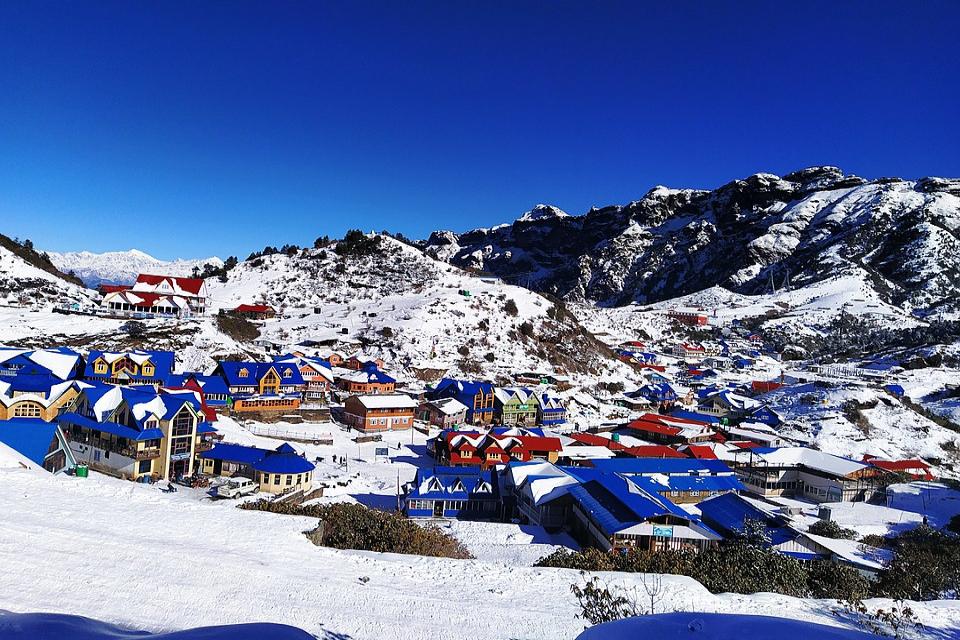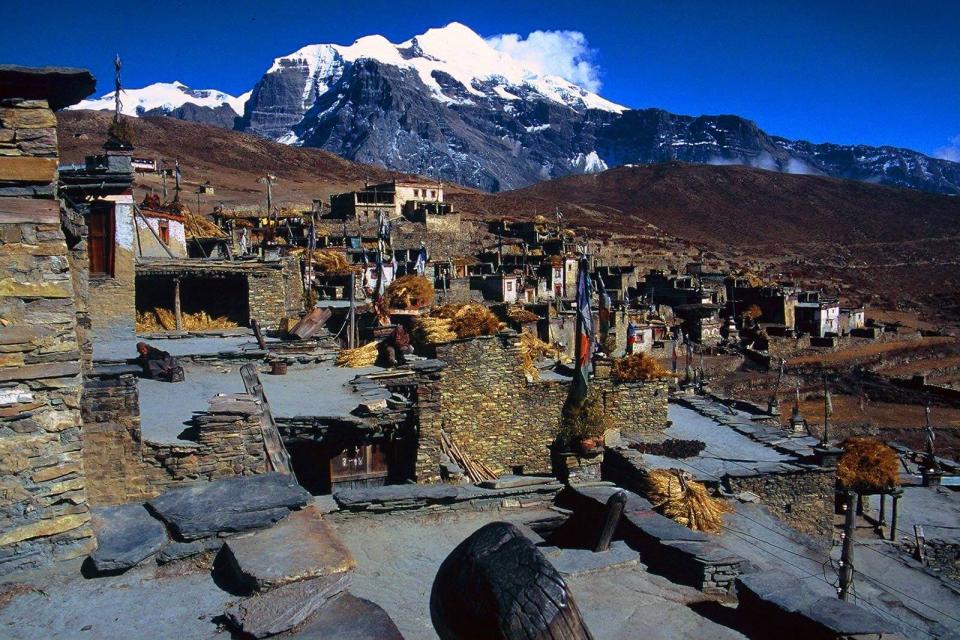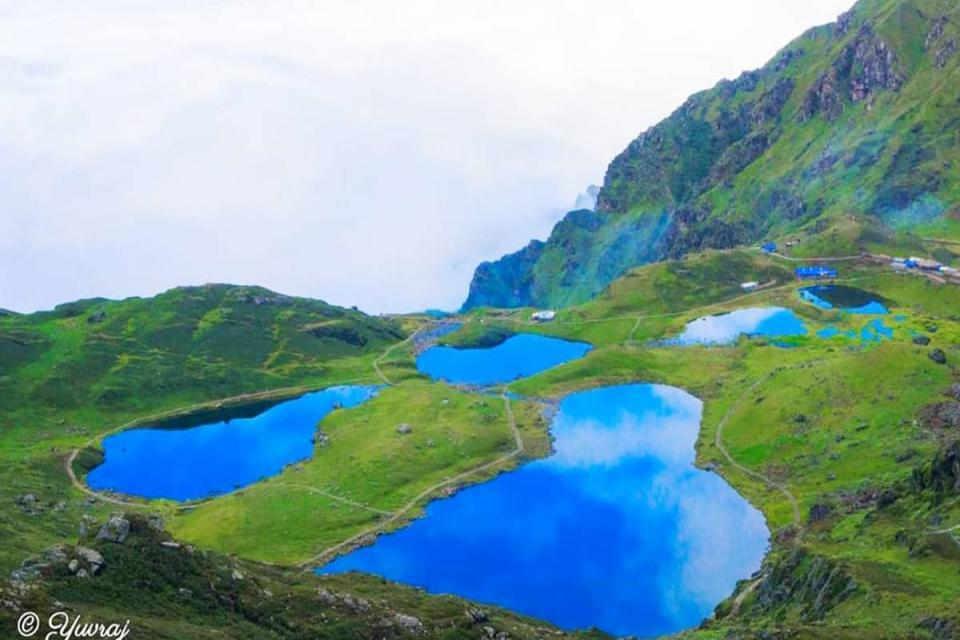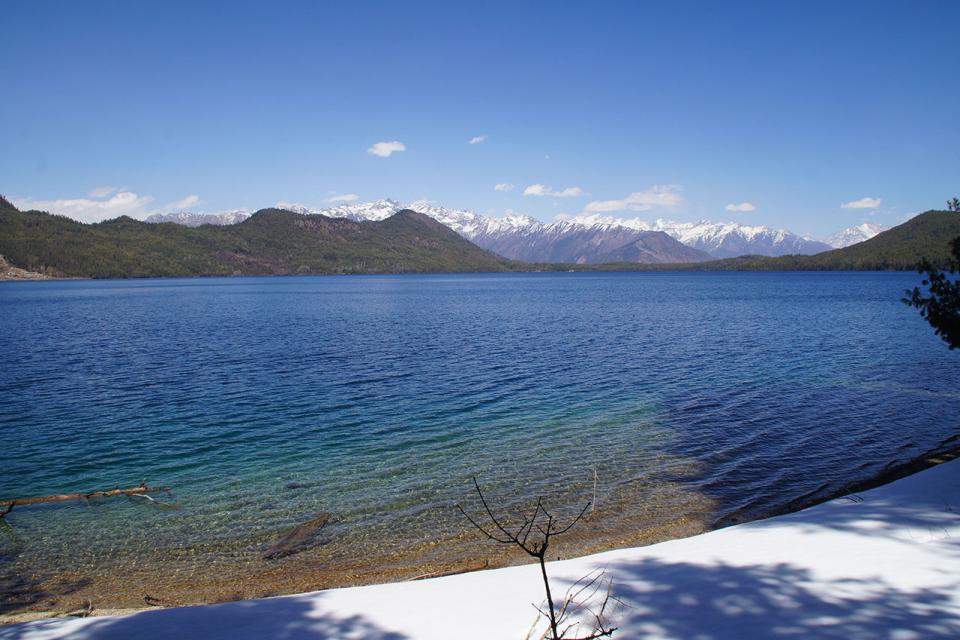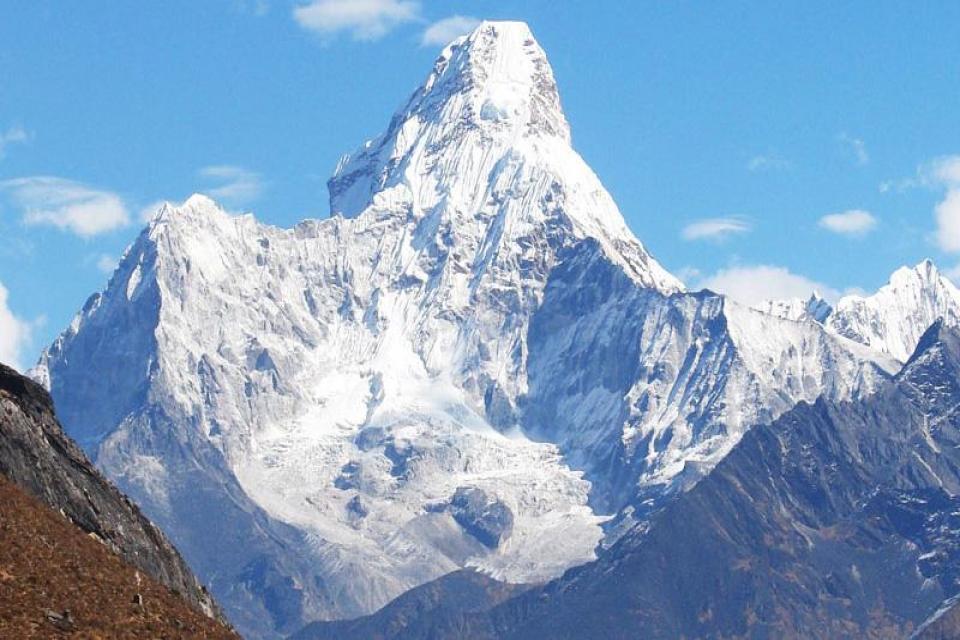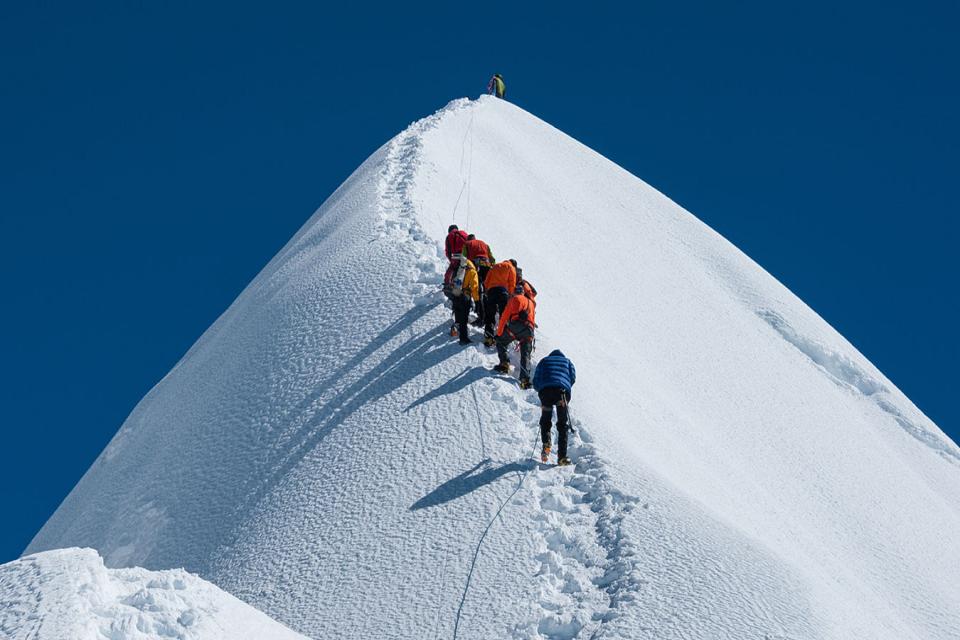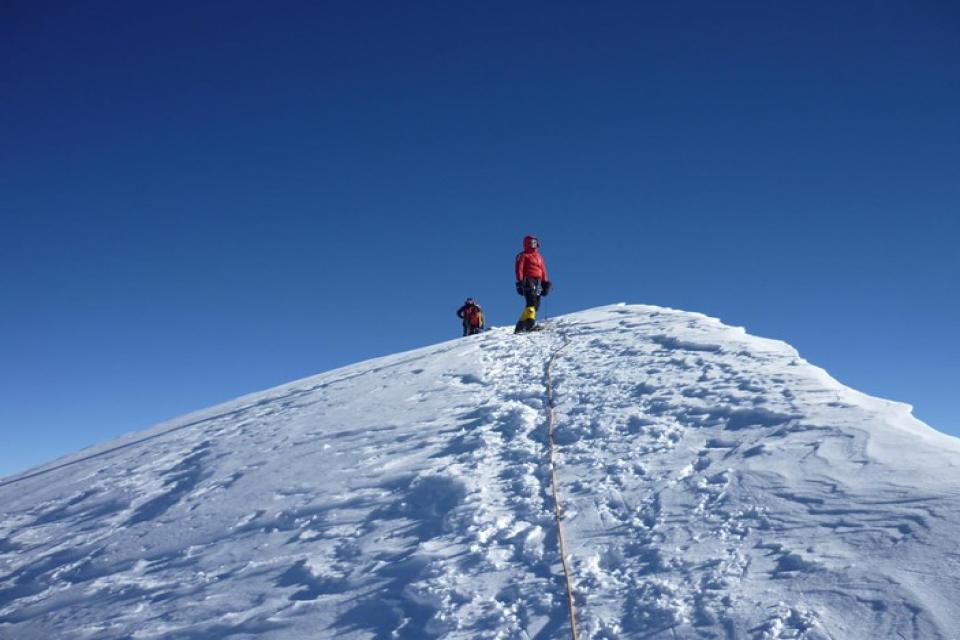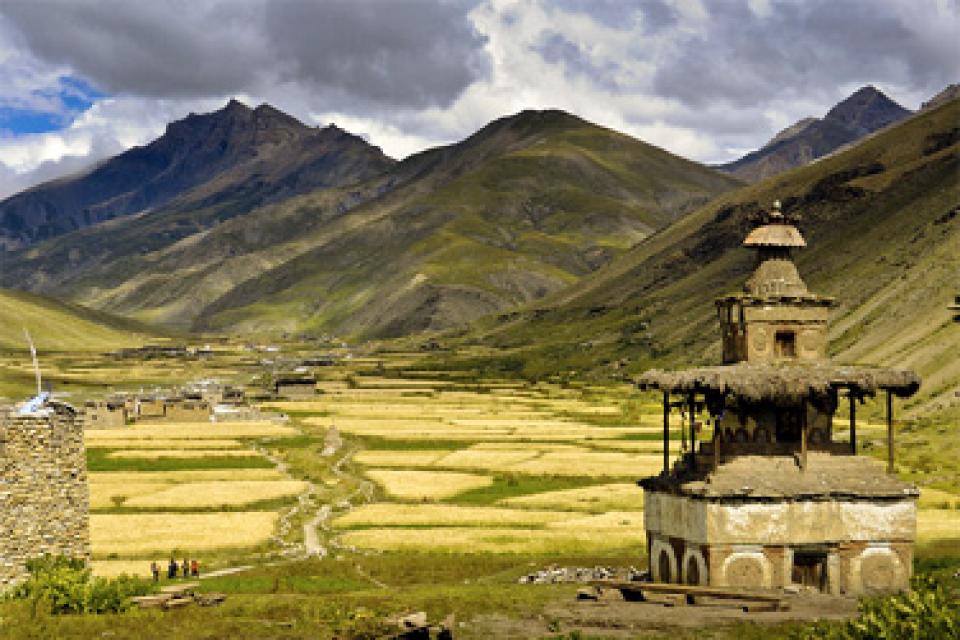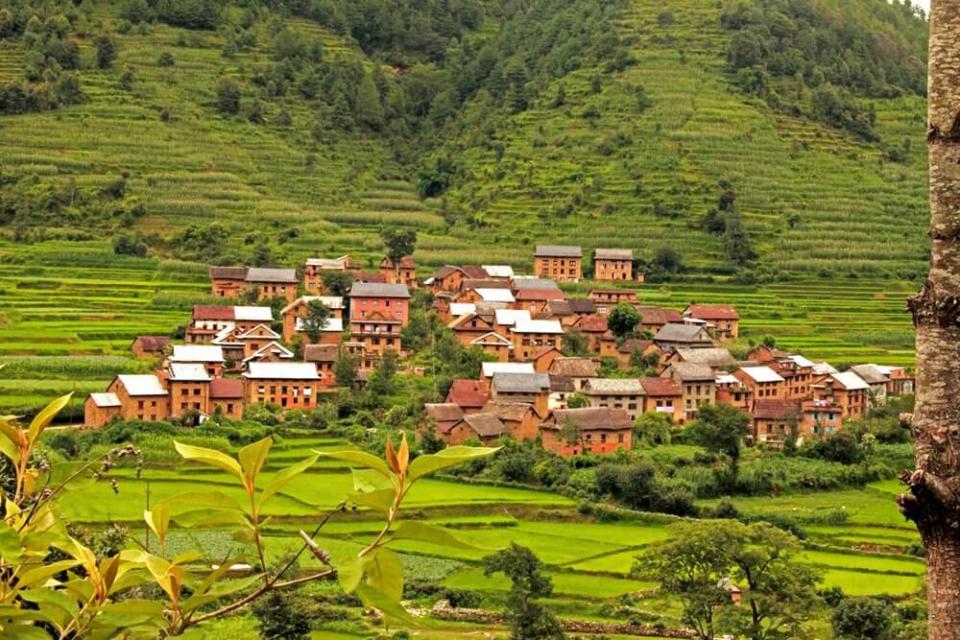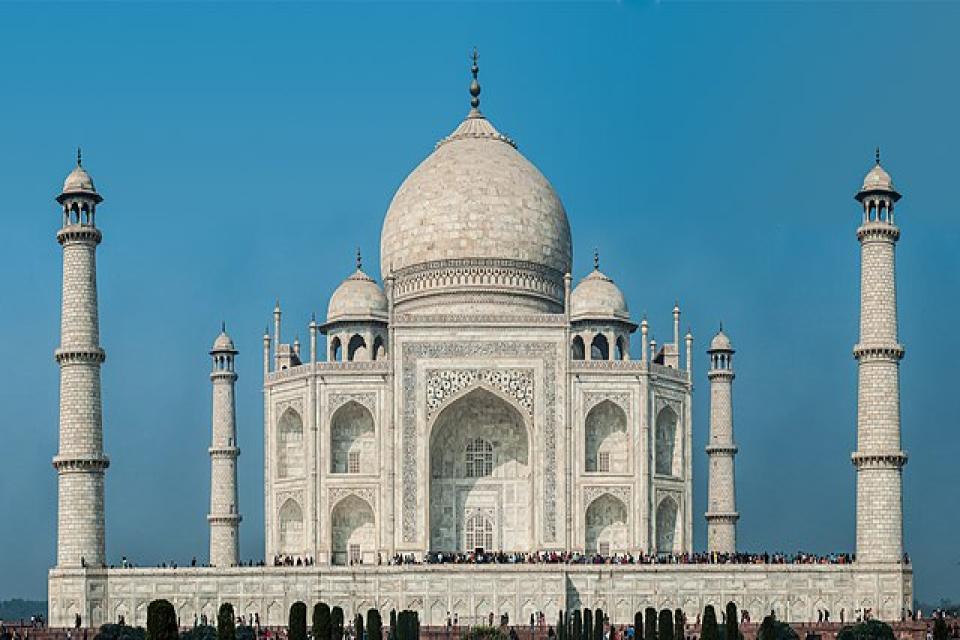Ruler Prithvi Narayan Shah of Gorkha in1786 had attacked the Kathmandu Valley and unified Nepal. After the unification, Nepal was governed by different Kirats, Lichchavis, Thakuris and Mallas. The history specified that Kirats governed Nepal throughout the seventh century BC. In spite of the fact that much was not pondered Kirats,the Lichchavi tradition accompanied the Kirats which kept going from the second to ninth century AD. Nepal was controlled by the Thakuris who were accompanied by the Mallas for two centuries after The Lichchavis. Nepal was separated into numerous territories and little kingdoms in the fifth centuries of Malla tenet.
Jang Bahadur Rana the then Prime Minister of Nepal rebelled against the eminence in 1844. The renowned worldwide Kot Massacre occurred throughout this period in which amounts of aristocrats were executed. The Rana took total force yet pressed on to keep up the Shah family in the castle. The 104 years administration of Ranas reached and close because of their dictatorial principles.
It was in November 1950 King Tribhuvan restored majority rule government toppling the Rana administration with huge number of Nepalese individuals uphold. He restored Shah Regime again in Nepal.after his expiration King Mahendra had governed in Nepal from 13 March 1955 to 31 January 1972.
Birendra controlled Nepal from 31 January 1972 –1 June 2001and he was regarded as a standout amongst the most honorable and serene lord of Nepal. The whole group of King Birendra was slaughtered in June 2001 famously Known as Royal Massacre 2001. Sovereign Dipendra was delegated as King while he was on trance state stage, later he passed on in healing facility cot. After the expiration of Diepndra , Gyanendra Shah late King Birendra's sibling succeeded as the King of Nepal.
Lord Gyanendra Shah was deposed in 2006 by a decade long People's upset headed by comrade gathering of Nepal (Maoist) and numerous weeks dissent by major political gatherings and made Federal Democratic Republic o


